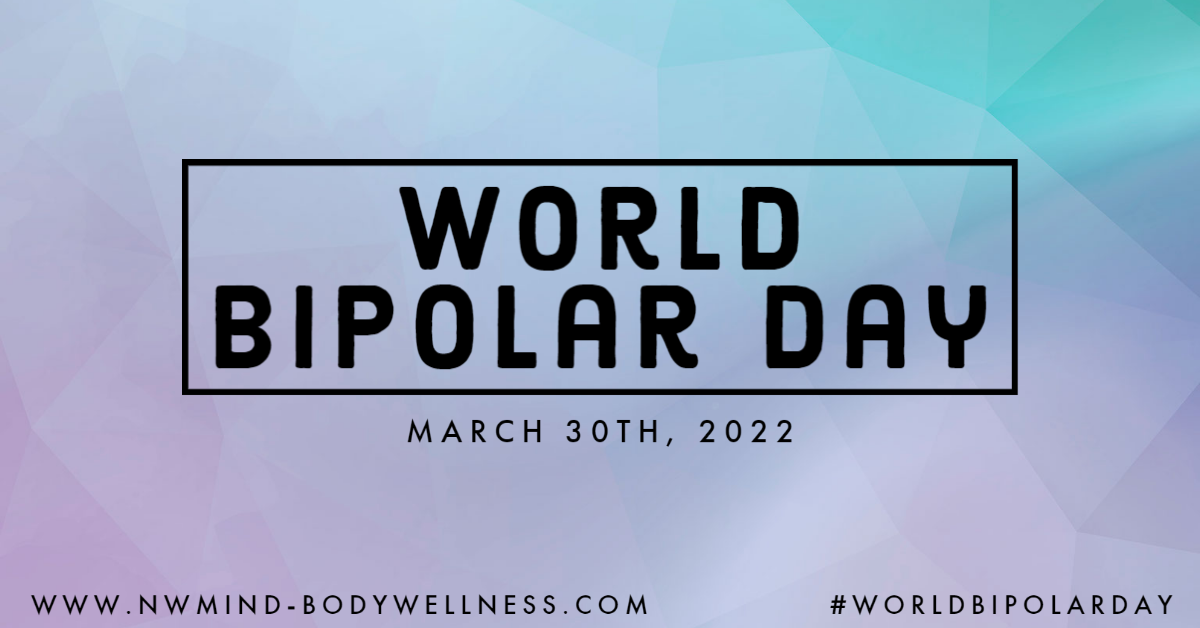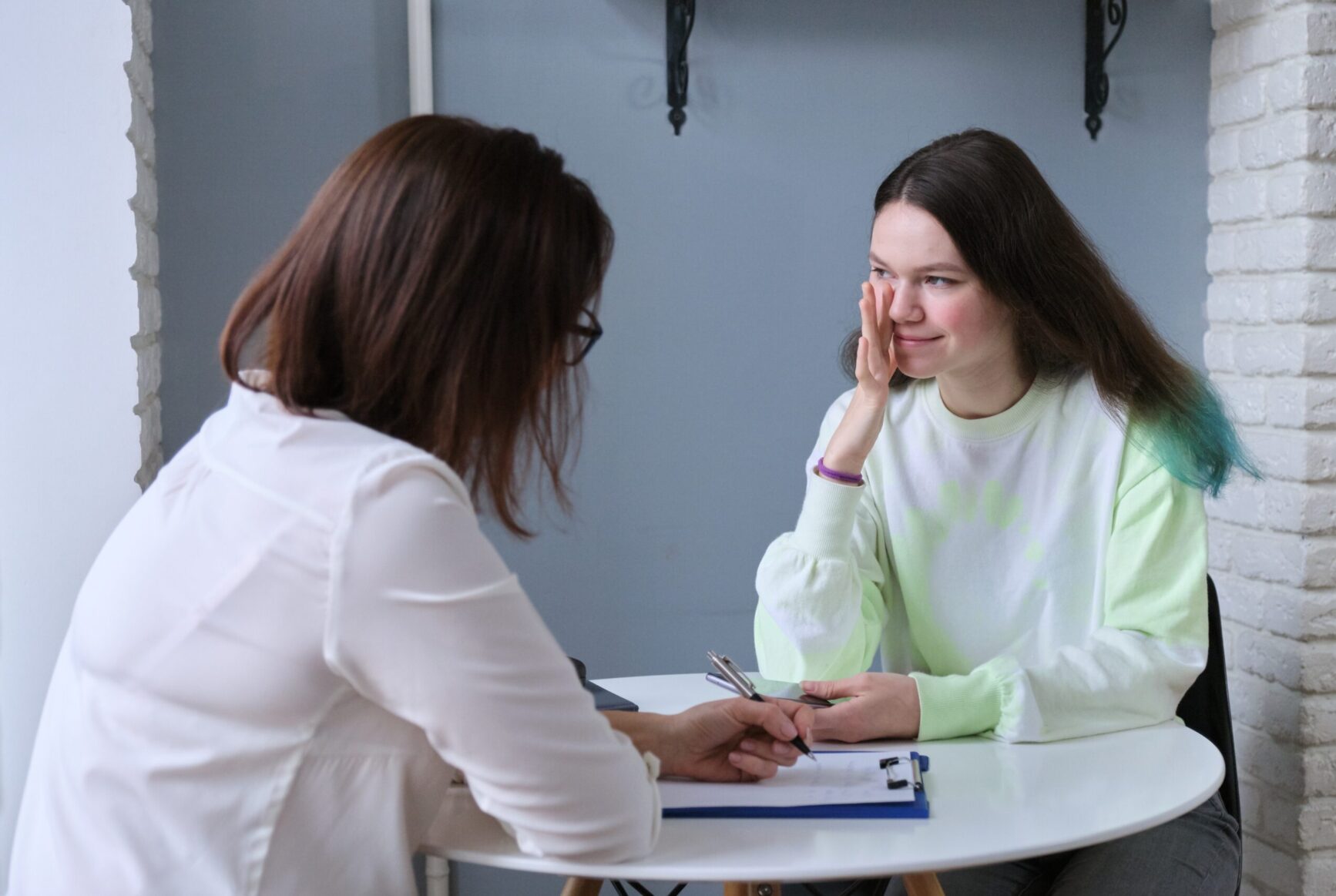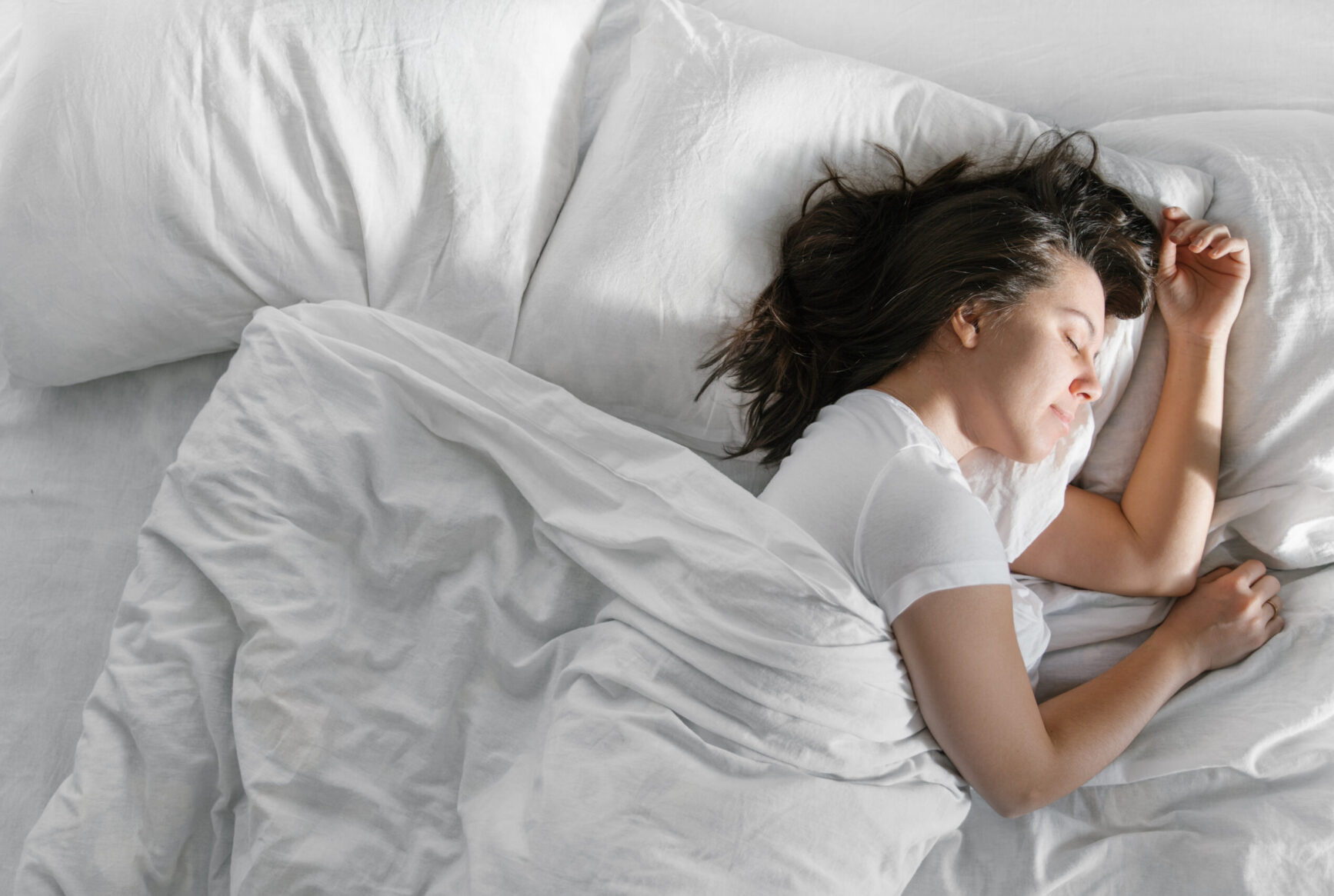
National Public Health Week
National Public Health Week (NPHW) is recognized annually on the first week of April. The week aims to bring awareness to the importance of public health. This year, the theme is “Public Health is Where You Are.” Access to healthcare varies by where you are physically and societally. However, as a country we can promote equitable healthcare for all, regardless of location. Together, we can prioritize and make access to mental and physical healthcare a reality for everyone.
Each day of National Public Health Week has a specific theme. Daily, an important issue connected to public health will be highlighted. The following features information about some of this year’s NPHW topics, and how they relate to public health.
Community: Collaboration and Resilience
The community we live in can drastically affect our accessibility to healthy living resources and healthcare. By working together, we can help reduce these discrepancies in health. There are a variety of ways one can help work towards these goals. A few ways people can help their community are to donate to food shelters, volunteer at local events, or advocate for health equality.
Health is a Human Right
Many citizens do not have access to basic health services. These include, but are not limited to, seeing a doctor, getting mental health care, and being able to visit an emergency room.
Studies have shown strong connections between poverty and lack of healthcare. People often are faced with the choice of paying for living expenses or being able to receive healthcare. Due to this, many go without receiving necessary care.
Together we must stand up to inequality and work towards health for all, as health should be a human right.
Mental Wellness: Redefining the Meaning of Health
Mental health is a critical piece to overall health and wellness. Many people live with mental illness, but not everyone has access to mental health services. Unaddressed mental health conditions can create difficulties in one’s work, relationships, and overall life. Advocacy for mental health is vital, as together we can bridge the gap.
Learn More
To learn more about National Public Health Week, we recommend the following resources:
NPHW: https://nphw.org/
APHA: https://www.apha.org/Events-and-Meetings/APHA-Calendar/2022/NPHW-2022
Return to home page: https://nwmind-bodywellness.com/
Read more articles: https://nwmind-bodywellness.com/articles/








